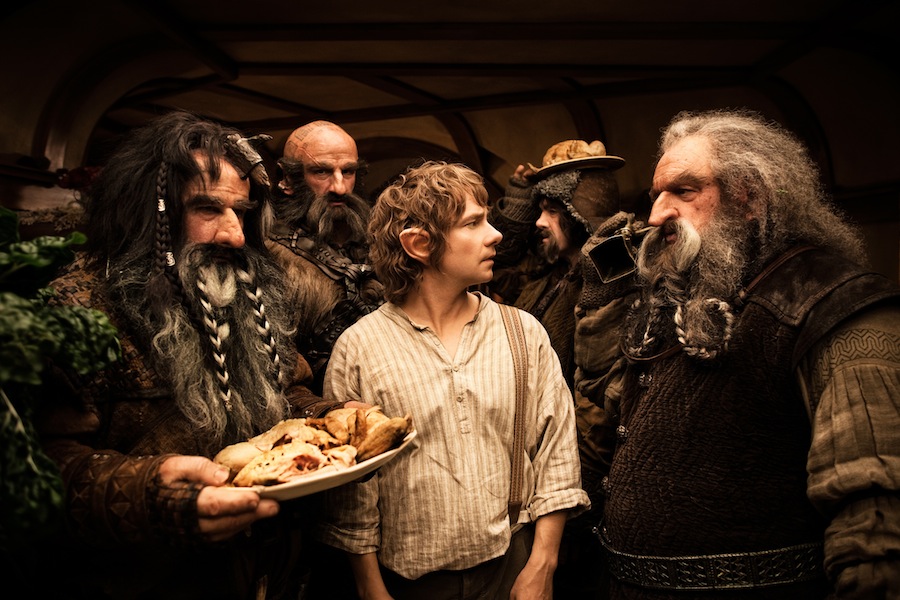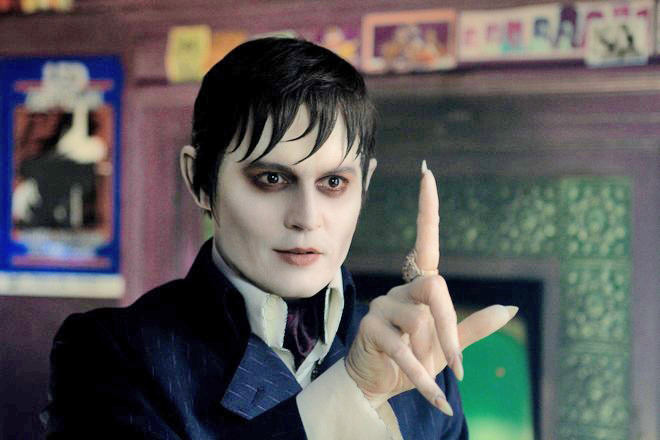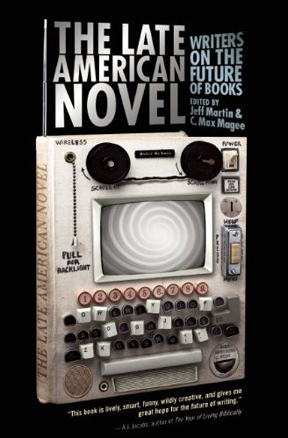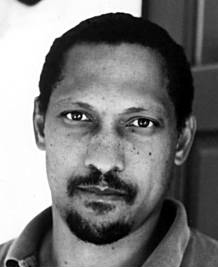Imagine a pop-up book mating with a crisp high-def image. Throw in occasional jerky motion resembling undercranked Mack Sennett moments when actors move too much, overly defined planes along the Z axis suggesting a View-Master brightened by the heat of a thousand suns, noses and ears sometimes revealed to be pellucidly prosthetic, and overhead shots of landscapes looking more like a cut scene crunched through an overclocked Nvidia card five years from now. To my eyes, this was what 48 frames per second looked like on a fifty-foot screen. I had heard reports that one was “supposed to get used to this” after a period lasting somewhere between five and twenty minutes. Unlike other 3D films, I did not get a headache. On the flip side, I couldn’t believe in the aesthetic.
But then The Hobbit: An Unexpected Journey is “fantasy” — not the thoughtful form from the adept hands of Michael Moorcock or Mervyn Peake or Kelly Link, but the inoffensive offerings from J.R.R. Tolkien. I don’t necessarily have a problem with a fantasy which opts to swim in the shallow end of the pool. The covenant is that, if the fantasy short-changes on human scope and capitulates to escapism, then the fantasy must inspire new awe and fresh wonder.
We come into The Hobbit familiar with the Shire’s round doors and verdant pleasures from years before. We have seen Middle Earth’s eco-porn greens and Rivendell’s gables and gazebos. So why exactly should we return to the theater and hand over our hard-earned shekels if it’s more of the same? Are we here for nostalgic purposes? Do filmmaker and audience alike prefer stagnation? I didn’t mind being there and back again, but the too clean 48fps technology had the strange effect of cheapening my middling affinity for Middle Earth. Like George Lucas before him, Peter Jackson has returned to the beginning, motivated by technological tinkering and the considerable dollars he will collect from feverish and unquestioning fanboys rather than any real need to spin a good yarn. At least there is nothing here as terrible as Jar Jar Binks.
For long stretches, this first film in Peter Jackson’s new Tolkien trilogy failed to seduce. This is largely because its source material only has enough material for two films. By my calculation, it takes Jackson 168 minutes to dramatize about 82 pages of material, which seems needlessly profligate. The Hobbit is many things, but it is neither Ulysses nor Gravity’s Rainbow. There is no doubt in my mind that we will see an extended version and supplements on DVD ensuring that nobody leaves the house for the next ten years.
The film opens with a lengthy flashback distressingly close to the confusing monologue which opened David Lynch’s ill-received Dune adaptation. But why? “In a hole in the ground there lived a hobbit” is a straightforward first sentence requiring no additional mythology. But Jackson and his writers (which include Guillermo del Toro, who was originally supposed to helm this movie) feel compelled to throw in any stray flashbacks that they can to pad out this movie. I don’t wish to diminish the need for dwarf kingdoms, but there’s nothing in the film’s first hour even as remotely alluring as the Nazgûl, which provided The Fellowship of the Ring with an immediate threat to jump-start the narrative and set our heroes on an adventurous path.
Without something as big as Mordor threatening to engulf Middle Earth driving the story, Jackson’s métier as a Wagnerian filmmaker is undone by a cinematic experience that feels more like a game on rails, especially during a climactic goblin chase scene with a constantly moving godlike camera, but a paucity of closeups or medium shots. It also doesn’t help that Martin Freeman, cast as the younger Bilbo Baggins, really should have been hired ten years earlier. Having grown from the young and neurotic comic archetype into a more subdued and interesting middle-aged actor (best exemplified by his portrayal of Watson in Steven Moffatt’s Sherlock), Freeman is curiously unpersuasive in this film when he complains about wanting to be back home among his books and fellow hobbits. Ian McKellen is okay as Gandalf, but one longs for the gravelly gravitas he displayed so eminently in the last trilogy. However, I very much enjoyed Ken Stott’s fresh and feisty portrayal of Balin. But I do have a weak spot for any character with a massive bushy beard.
This lack of focus causes the first half to feel like a tenuous string of loosely connected sequences: dwarves show up at Bilbo Baggins’s hobbit hole, on Dori, on Nori, on Gloin, on Oin, on Blitzen, orcs, wargs, is Bilbo up for the journey, knowing look from Gandalf, walking, walking, orcs, hidden swords, is Bilbo up for the journey, complaints from Thorin, elves, orcs, knowing look from Gandalf, mention of arcane Middle Earth reference to appease fanboys, orcs, orcs, is Bilbo up for the journey.
You get the idea. But when the mountain trolls show up halfway into the movie, An Unexpected Journey starts to become fun for those, like me, who were fatigued by the bloodless and cutesy bullshit calculated to make this Fun for the Whole Family™. These trolls are lumbering, mumbling, ass-scratching giants who hock loogies into pots loaded with the carcasses of dwarves and elves. In other words, they’re a nice throwback to the visceral films Jackson made early in his career before going Hollywood, serving as a reminder that Jackson is at his best when he lets his inner six-year-old come out. Casting Sylvester McCoy as Radagast the Brown is also a brilliant move, for McCoy taps both his Roadshow days and the dark command he brought to his brown-coated Doctor Who incarnation to enliven the eccentric wizard who plows through terrain with a rabbit sleigh. It is also hard to go wrong with good ol’ Gollum, arguably the most enthralling CGI villain of the past fifteen years, during the highly compelling game of riddles sequence. Why hasn’t anybody created a Ball-Arnaz inspired sitcom called I Love Precious?
But An Unexpected Journey is felled by its zestless commitment to the well-trodden path. Make no mistake: this is not Pan’s Labyrinth, Labyrinth, Cocteau’s Beauty and the Beast, The Wizard of Oz, Princess Mononoke or The Princess Bride. Did we really need subtitles when the orcs don’t say anything especially interesting? Do we really need narrative digressions when the meat on the bones is so sparse? There are a few inspired ideas, such as the aforementioned trolls and a goblin stenographer traversing along a pulley cable on a chair. But if you spend years of your life working on a fantasy trilogy, shouldn’t it contain more imagination? Shouldn’t you wait as long as it takes to read the secret moon runes embedded in the map?





